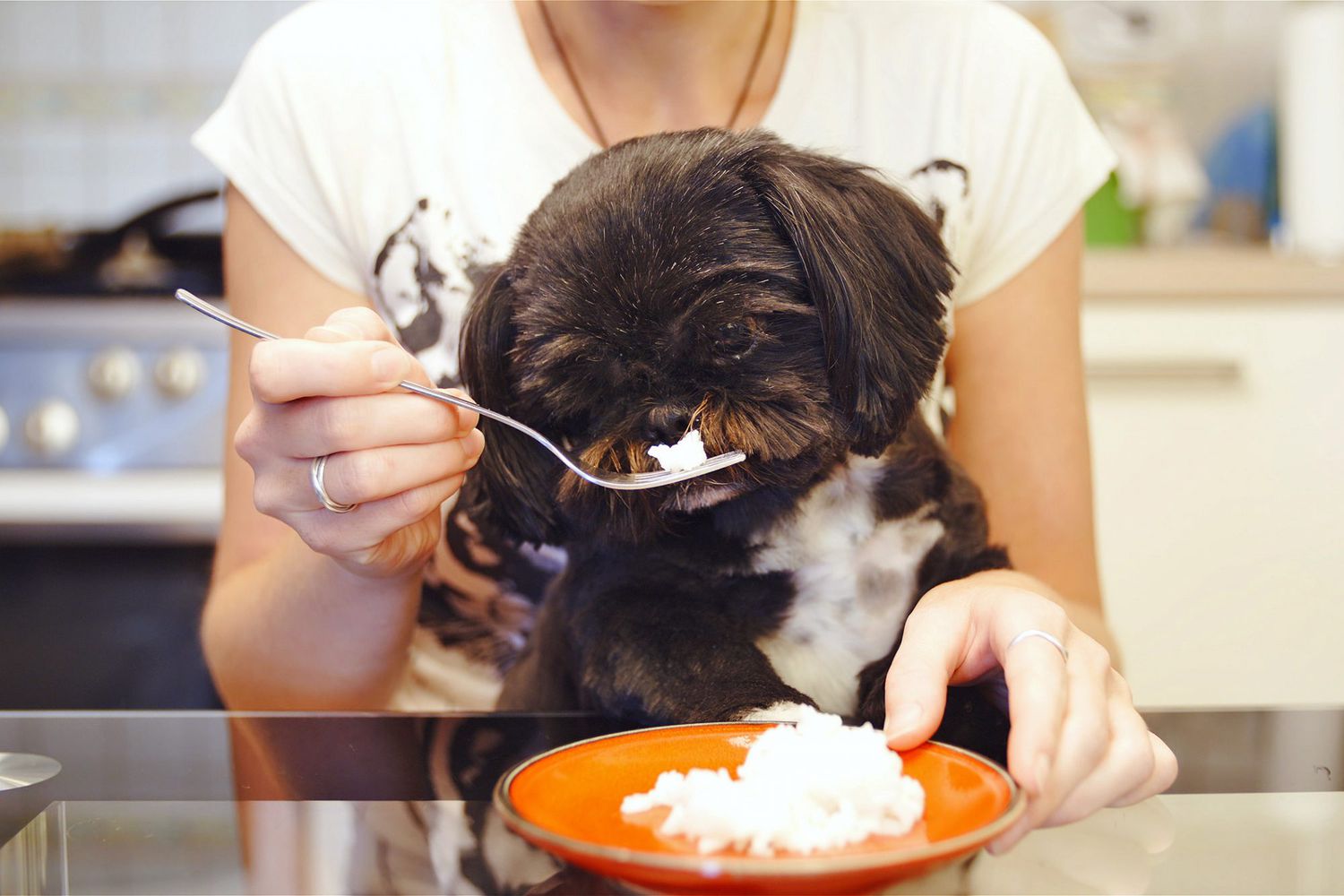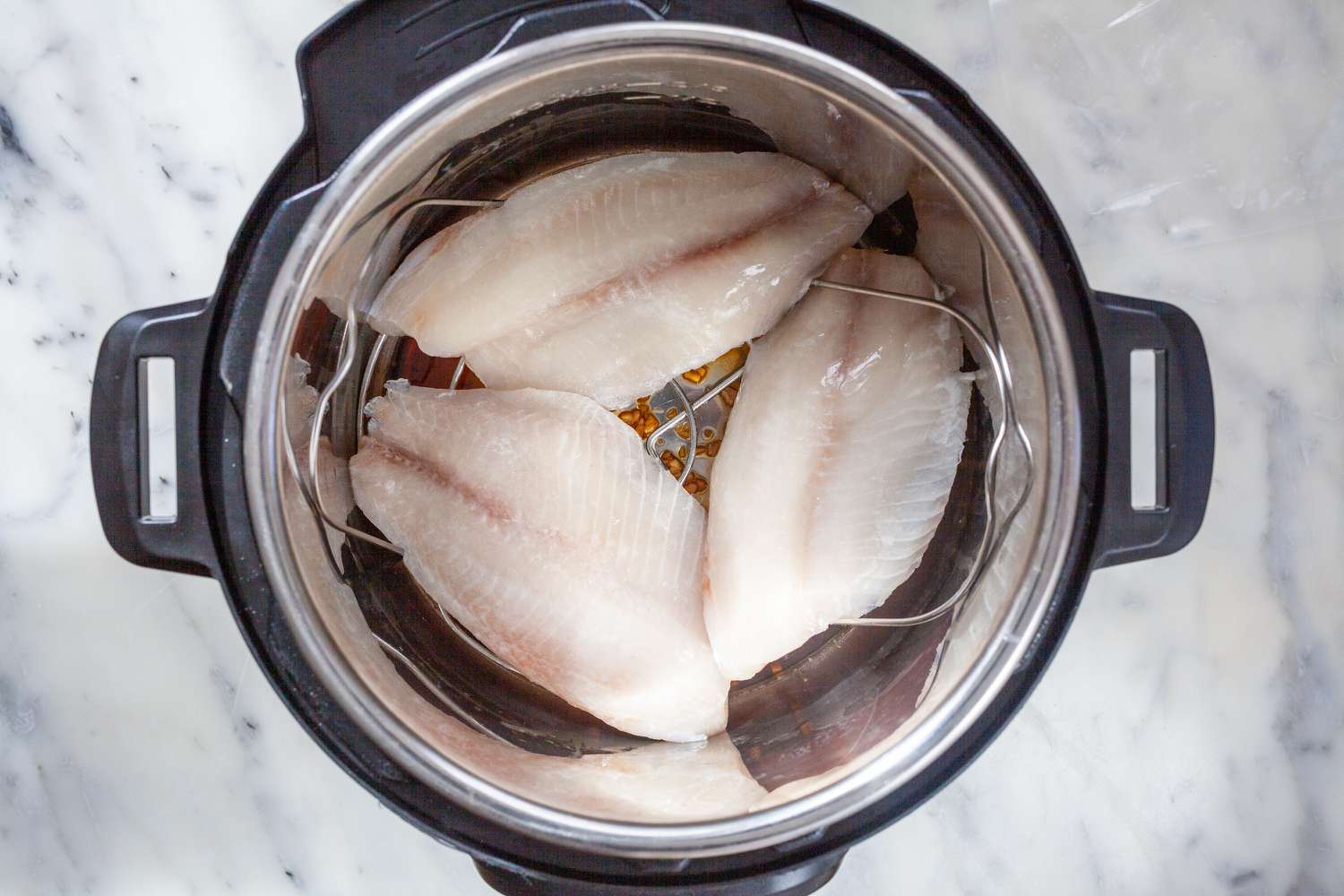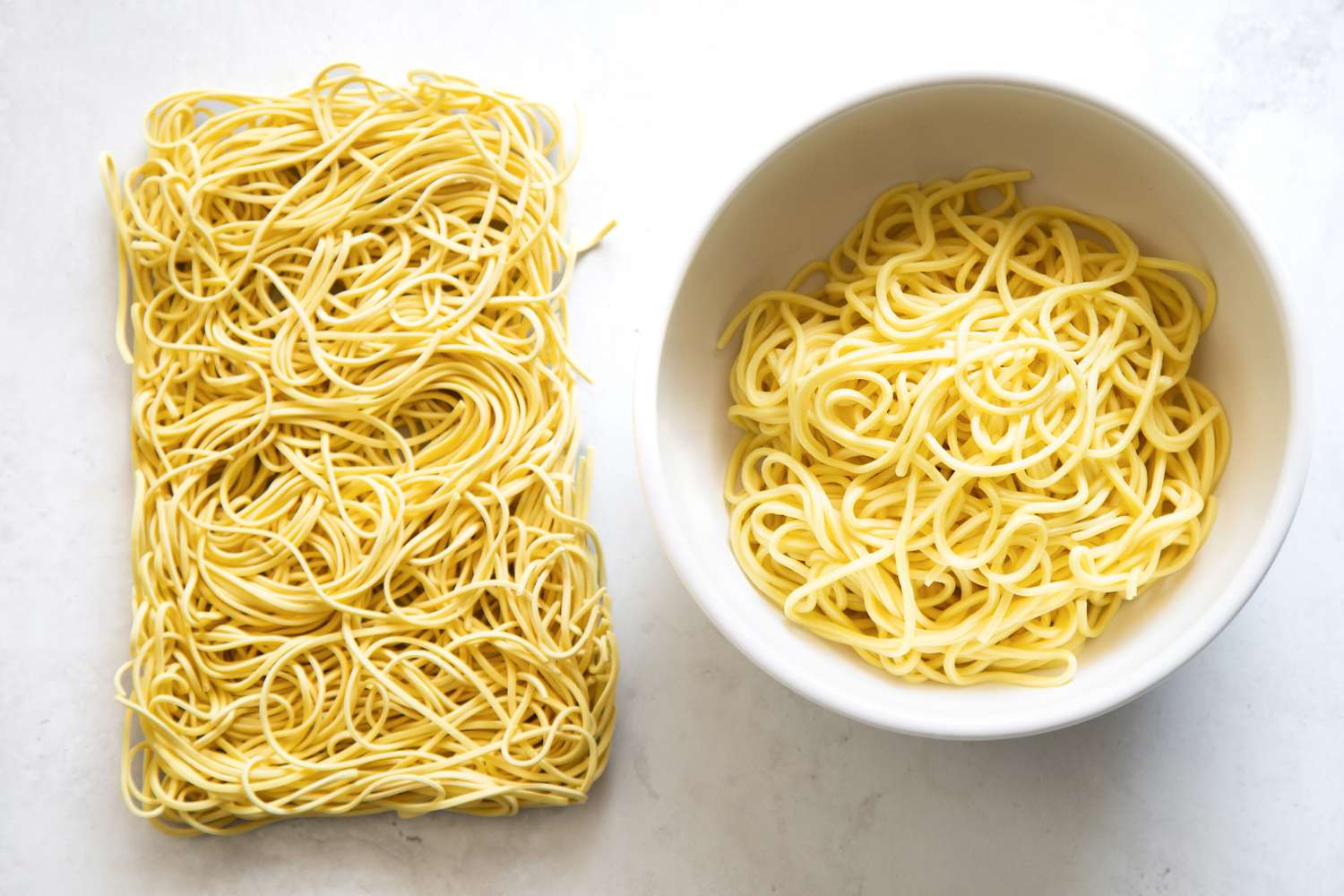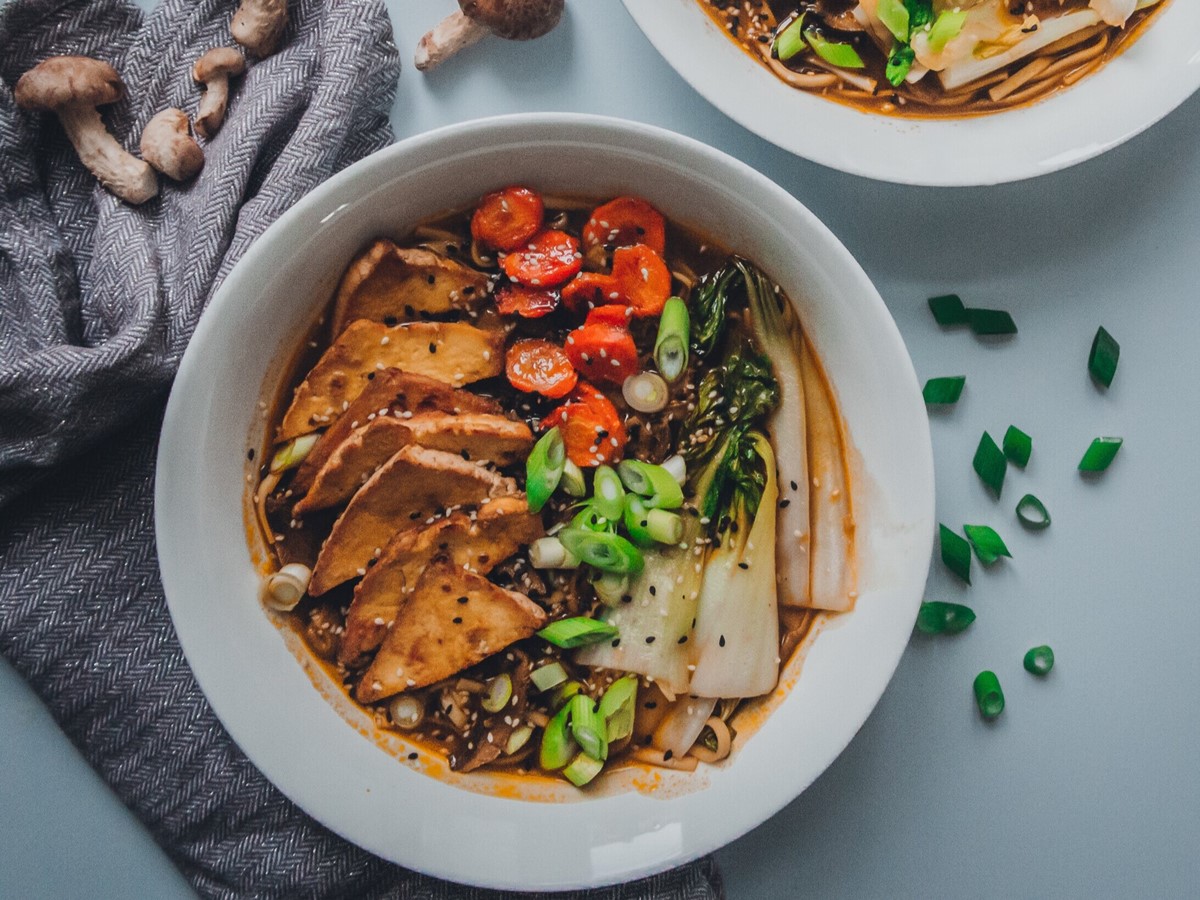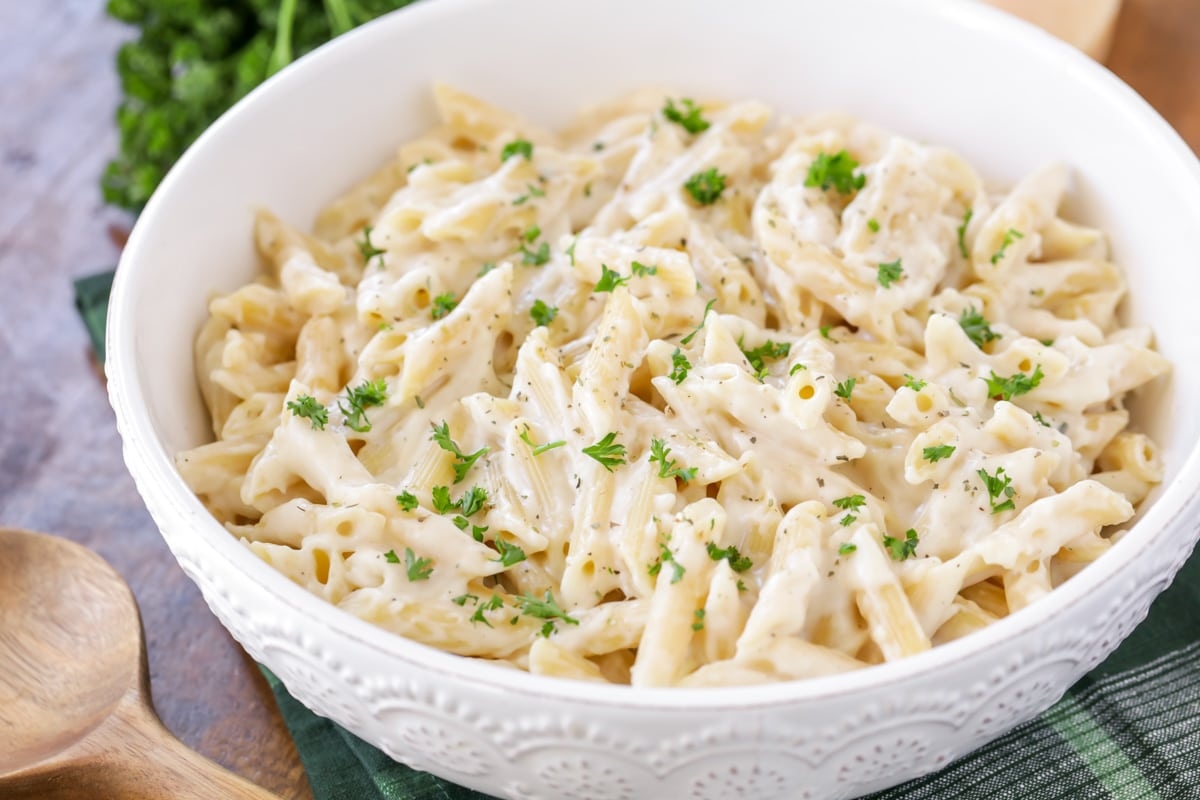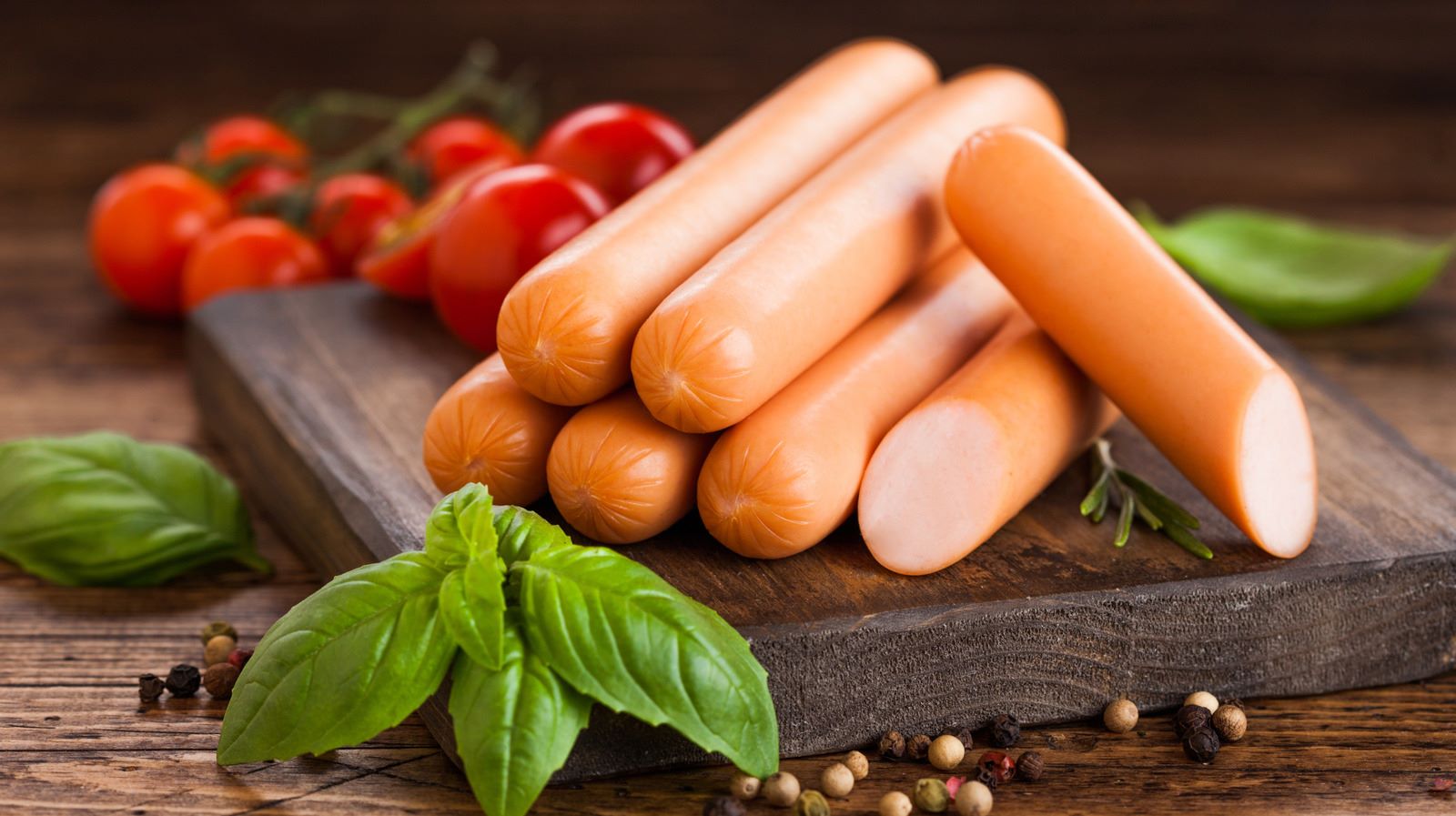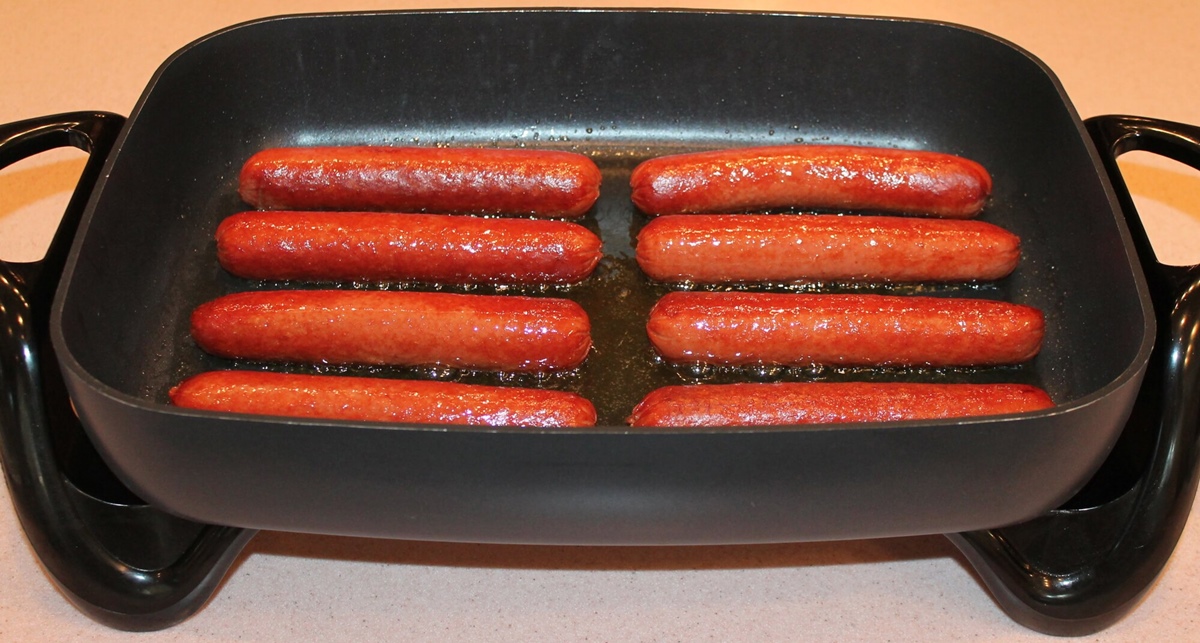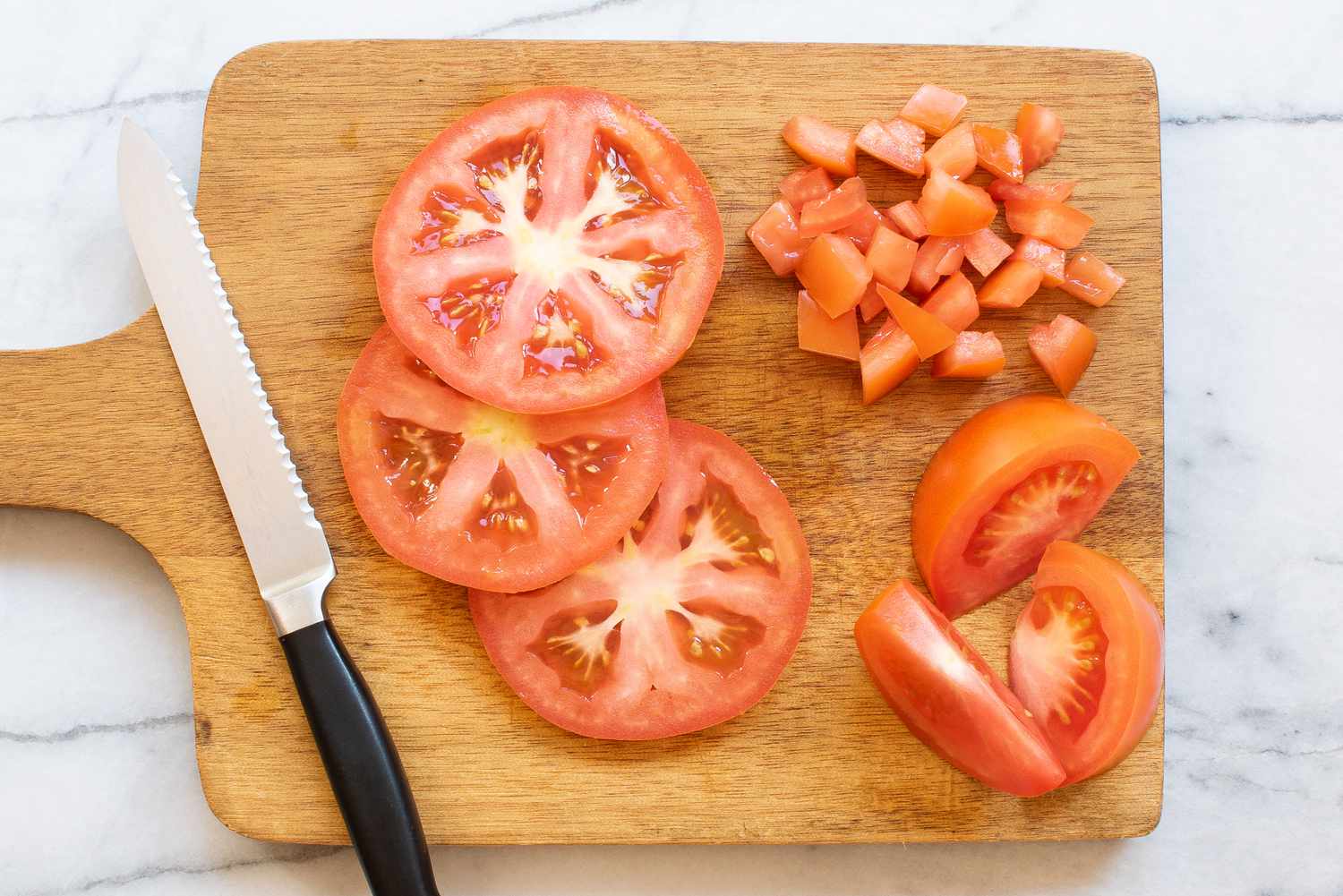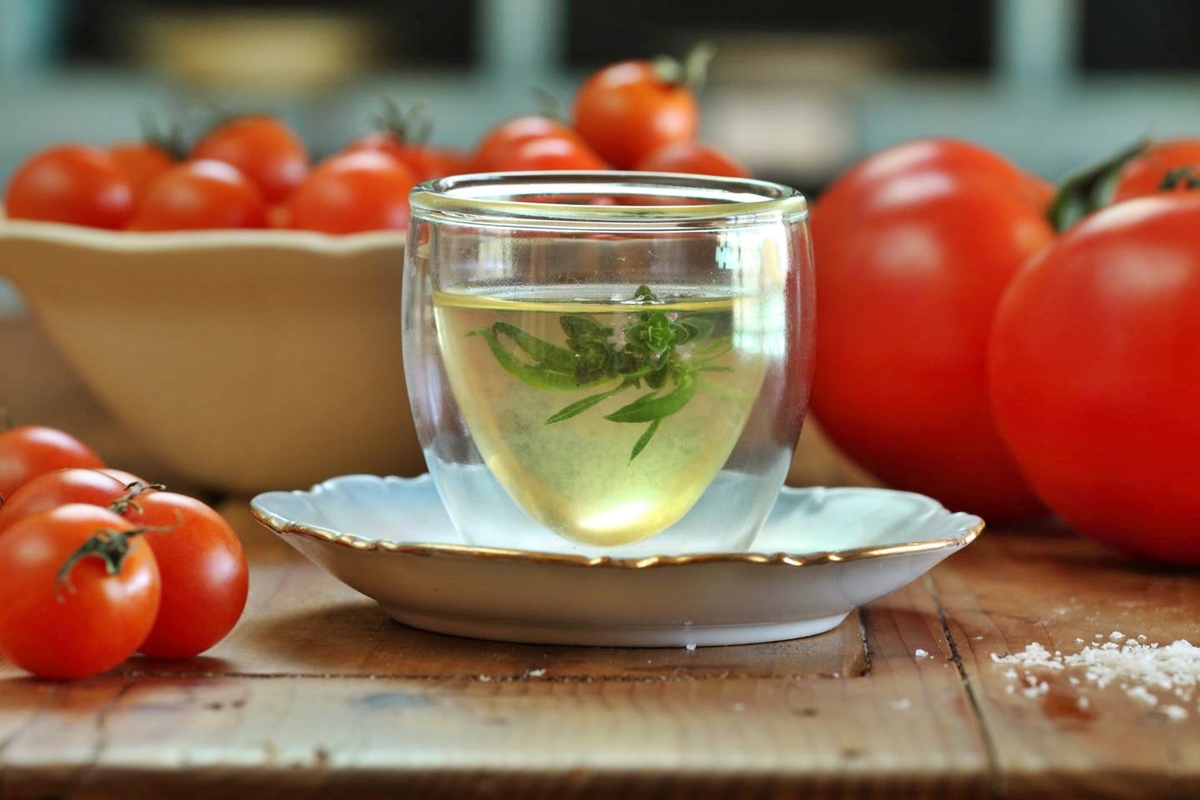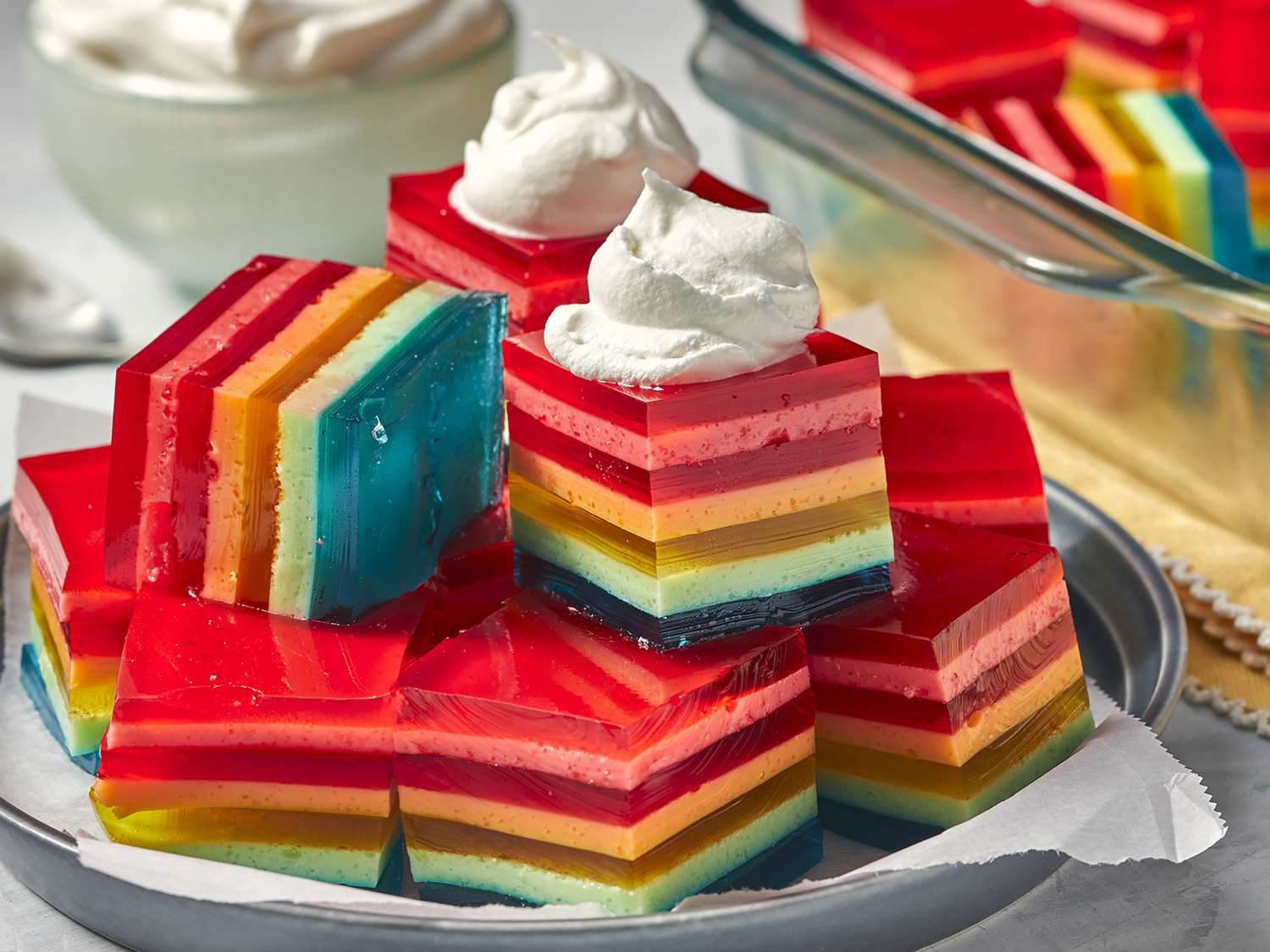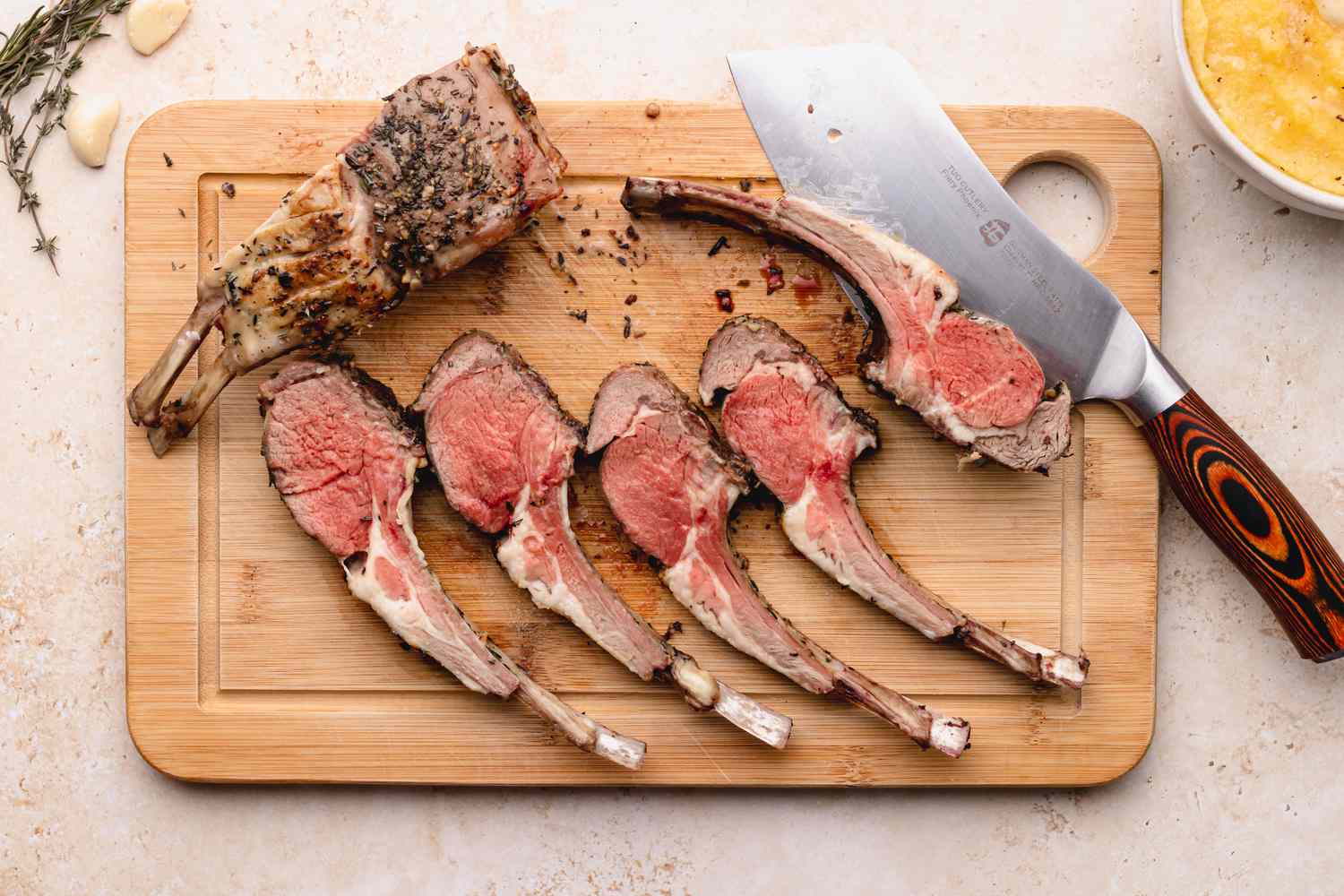Cooking dried peas, a staple in many kitchens, offers both a nutritious and flavorful addition to meals. Unlike their canned counterparts, dried peas require some preparation, but the effort is well worth it. Rich in protein, fiber, and vitamins, these tiny legumes can transform soups, stews, and salads into hearty dishes. Before diving into the cooking process, selecting quality dried peas and soaking them overnight will significantly reduce cooking time and enhance their digestibility. Whether you're aiming for a smooth puree or a textured addition to your recipes, mastering the art of cooking dried peas opens up a world of culinary possibilities.
Essential Ingredients for Cooking Dried Peas
- Dried peas
- Water
- Salt
- Optional: Ham, bacon, or smoked turkey for flavor
- Optional: Onion, garlic, carrots, and celery for added taste
- Optional: Bay leaves, thyme, or other herbs for seasoning
Must-Have Tools for Preparing Dried Peas
- Large pot or saucepan
- Colander or fine mesh strainer
- Wooden spoon
- Measuring cups and spoons
- Stovetop or cooking range
Soak dried peas overnight in water to soften. Drain, then simmer in fresh water for about 1 hour or until tender. Season as desired. Perfect for soups, salads, or sides.
The Importance of Cooking Dried Peas
Cooking dried peas is both nutritious and economical, making them a staple in kitchens worldwide. These legumes are packed with protein, fiber, and essential nutrients, offering a hearty base for numerous dishes. Opting for dried peas also reduces packaging waste, aligning with sustainable cooking practices.
Soaking dried peas overnight significantly shortens cooking time and enhances digestibility. This simple step ensures peas cook evenly, resulting in a tender, flavorful addition to any meal. Whether in soups, stews, or salads, preparing them from their dried form allows for customization in seasoning, suiting diverse palates.
Your Step-by-Step Guide to Cooking Dried Peas
Step by Step Guide: How To Cook Dried Peas
-
Rinse and Sort: Begin by thoroughly rinsing your dried peas under cold water. While doing so, remove any debris or stones that might have mixed in with them.
-
Soaking (Optional): For quicker cooking, soak peas in water. There are two methods:
- Overnight Soaking: Place peas in a large bowl and cover them with water, about 2-3 inches above the peas. Let them soak overnight.
- Quick Soak Method: In a pot, cover peas with water and bring to a boil for 2 minutes. Remove from heat, cover, and let stand for about an hour.
-
Drain and Rinse: After soaking, drain the peas and rinse them again under cold water.
-
Cooking:
- Stovetop Method: Place soaked or unsoaked peas in a pot and cover them with fresh water or broth for added flavor. Use about 3 cups of liquid for every cup of dried peas. Bring to a boil, then reduce heat to a simmer. Cover and cook until peas are tender. This usually takes about 1 to 1.5 hours for unsoaked peas and about 45 minutes for soaked peas.
- Pressure Cooker/Instant Pot Method: If you're short on time, cooking dried peas in a pressure cooker or an Instant Pot is a great alternative. Add peas and liquid (water or broth) to the pot, following the manufacturer's guidelines for the liquid amount. Typically, you'll need less liquid than stovetop cooking. Cook on high pressure for about 10 minutes for soaked peas and 16 minutes for unsoaked peas. Allow natural release.
-
Seasoning: Once peas are nearly done, add salt and any other seasonings you prefer. Adding salt too early can toughen peas, so it's best to wait until they're almost tender.
-
Final Check: Taste peas to ensure they've reached your desired level of tenderness. If they're too firm, continue cooking and check every few minutes.
-
Serving: Once cooked, drained peas can be served immediately or used as a base for other dishes. They're excellent in soups, salads, and side dishes.
Remember, cooking times can vary depending on the age and type of peas, so adjustments may be necessary. Always start checking for doneness a bit earlier than the suggested cooking time to avoid overcooking.
Mastering the Art of Dried Peas
Cooking dried peas isn't just about softening them up for a meal; it's about unlocking their full potential for both taste and nutrition. Remember, patience and preparation are your best friends here. Start by soaking them overnight to reduce cooking time and improve digestibility. Choose between simmering for a straightforward approach or using a pressure cooker to speed things up without sacrificing quality. Don't forget to season well and consider adding aromatics to elevate the humble pea to new heights of flavor. Whether you're whipping up a hearty soup, a refreshing salad, or a savory side dish, these legumes are versatile enough to complement any meal. So, give dried peas the chance to shine in your kitchen and enjoy the rich, satisfying dishes they can help create.
Recipes and More Ways to Utilize This Guide
Now that you've mastered the art of cooking dried peas, why not put those skills to good use with an array of delicious recipes? For starters, the Explore Pea Hummus offers a fresh twist on a classic dip, ideal for healthy snacking or entertaining guests. If you're looking for comfort, the Try Classic Split Pea Soup is a must-try, perfect for chilly evenings. For a more robust meal, the Cook Hearty Pea and Ham Stew combines savory flavors that are sure to satisfy. Those adhering to a plant-based diet will appreciate the depth of flavor in the Make Vegetarian Pea Chili. Each recipe provides a unique way to incorporate dried peas, enhancing your meals with both nutrition and taste. I highly recommend trying these to not only broaden your cooking repertoire but also enjoy wholesome, tasty dishes.
All Your Questions About Dried Peas Answered
How long do dried peas need to soak before cooking?
Soaking dried peas overnight in plenty of cold water is the way to go. If you're short on time, a quick soak method works wonders too. Just boil them for a couple of minutes, then let them sit for an hour off the heat.
What's the best way to cook dried peas?
Simmering is your best bet. After soaking, drain and rinse the peas. Then, cover them with fresh water in a pot, bring to a boil, and reduce to a simmer. Cooking times vary, but they're usually tender after about an hour.
Can I cook dried peas without soaking?
Sure can! It'll just take a bit longer. Rinse them well, then cook as you would soaked peas, but expect to add some extra cooking time to get them tender.
Do dried peas need any seasoning while cooking?
Absolutely. A pinch of salt is essential, but feel free to get creative. Adding a bay leaf, some garlic, or a chunk of onion can infuse them with great flavors.
How do I know when dried peas are fully cooked?
They should be tender to the bite but not mushy. Taste testing a few peas is the best way to check for doneness.
Can dried peas be overcooked?
Yes, they can turn mushy if cooked too long. Keep an eye on them, especially after the first hour of simmering.
Are dried peas nutritious?
They're packed with protein, fiber, and essential nutrients, making them a fantastic addition to any diet.
Was this page helpful?
Read Next: How To Cook A Small Brisket
